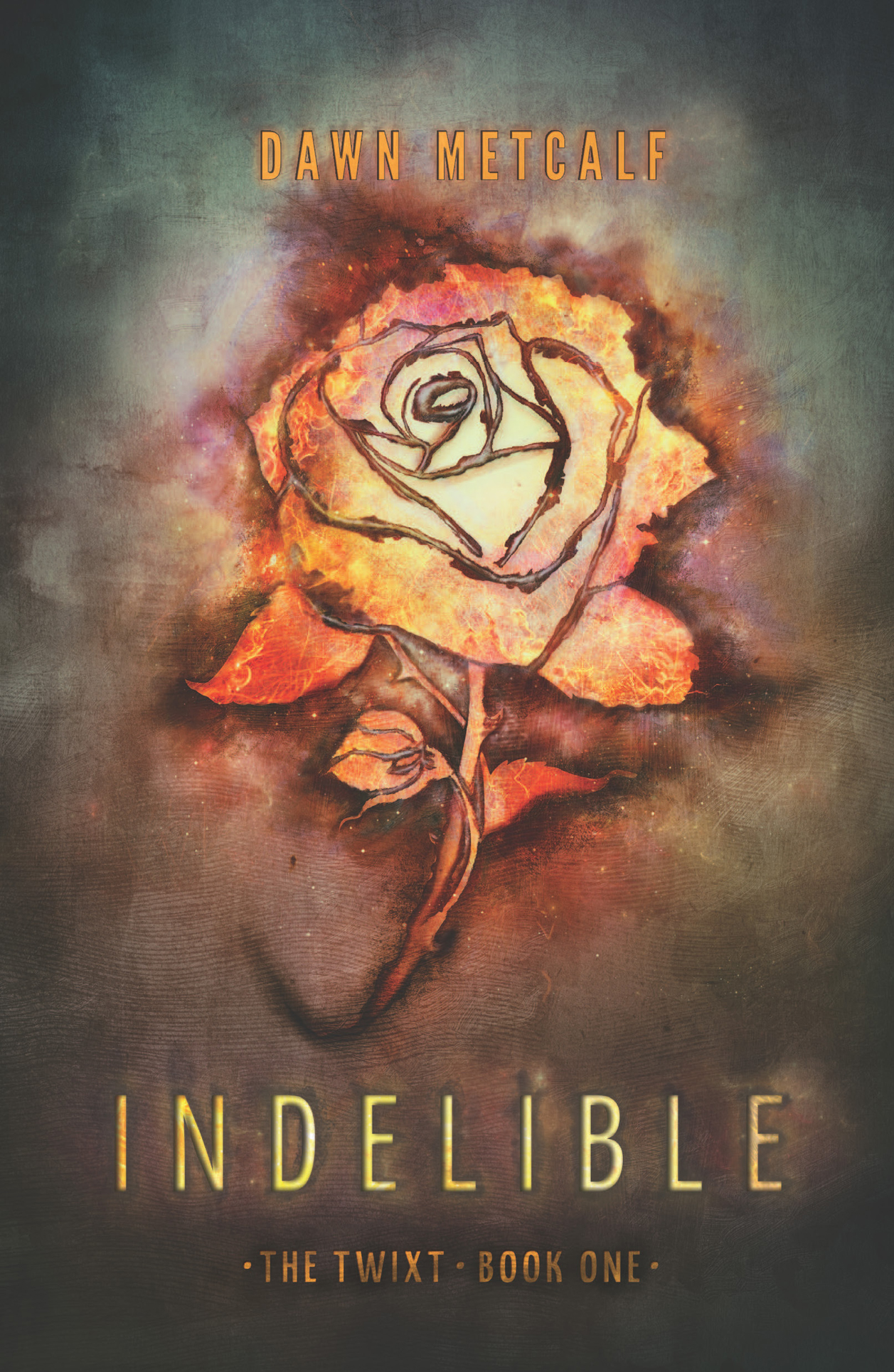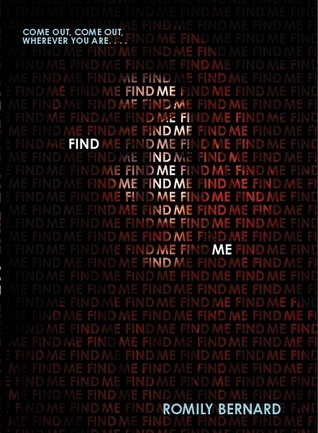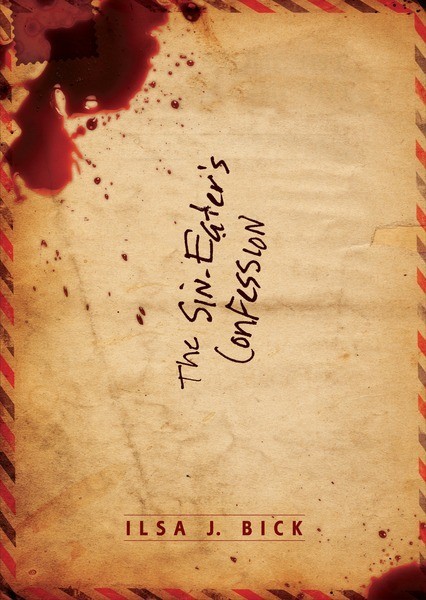It's happening. As promised, I'm pulling up stakes and moving my blog. Today, I'm over there telling spooky stories and giving away books. Join me, won't you?
I'll post a few more reminders here before shutting down. So, this will be a multi-step farewell.
Thursday, May 30, 2013
Friday, May 24, 2013
Introducing In-Site Blog & Critique Camp
I've been pondering things. Things about blogs and things about critique, and I've come to two change-inducing conclusions at once.




The first is that I'm moving out of blogger, away from my long-beloved LiveJournal, and into WordPress. Not only that, but this WP is available right inside my delicious little website. Now you can find everything I ever wanted to tell you about me in one convenient place. How's that for one-stop shopping?
The second is that Critique Camp went so well that I'm taking this show on the road! Which is to say, I'm now offering Crit Camp as a regular service. After several years of doing insane amounts of critique (anyone remember the Call Me Icarus project?), I've come to terms with the fact that it's something I love and I should just make it official. So here it is, Crit Camp!
To celebrate both of these things and entice you to shift gears with me and check out my new blog, I'll be hosting a number of giveaways over the next few weeks. Or maybe the next month. It depends on how long my stash lasts. I've got more than a few goodies you might be interested in. Frex:
- An ARC of Dawn Metcalf's INDELIBLE: The Twixt Book One
- A finished, signed copy of THE LOST SUN by Tessa Gratton
- An ARC of Romily Bernard's FIND ME
- A finished copy of THE SIN EATER'S CONFESSION by Ilsa J. Bick
- Bookmark swag from Sonia Gensler (THE DARK BETWEEN) and Julie Murphy (SIDE EFFECTS MAY VARY)
- And more things I haven't decided on yet




Don't those look delightful? Well. THEY ARE. Trust me on this. Also, with every book/package I giveaway, I'll throw in one free entry to Crit Camp.
So, long time readers (thank you!) and newcomers (welcome!), please join me for continuing adventures on my new blog!
Tuesday, May 21, 2013
Crit Course Wrap-up
(First. A note. I've made the decision to shift from Blogger to Wordpress. I'll post here a few more times, but if you'd like to continue following my exploits, please do so by either following my WordPress blog or my LiveJournal. Thanks!)
As requested, here's the run down of how my recent trial run of the critique crash course went. But first, let's all agree to call it Crit Camp from now on because critique crash course is a MOUTHFUL. Agreed? Agreed.
I ran two courses simultaneously. Each had 3 participants who all submitted roughly 5 pages of their manuscripts. We had a 1-hr introductory chat in which I offered an organized method of approaching critique and outlined what I wanted to see from them. Here's the nitty gritty:
The participants all seemed to walk away with a different (broader? more complicated? more pointed?) understanding of what critique can be, and I certainly saw immense improvement between the drafts of letters. So, I'm gonna go out on a limb and call this trial run a success.
I'll definitely be repeating the adventure. In fact, I already have ideas for how I'll improve the course next time around, so keep an eye on this space if you're interested. I have Plans.
As requested, here's the run down of how my recent trial run of the critique crash course went. But first, let's all agree to call it Crit Camp from now on because critique crash course is a MOUTHFUL. Agreed? Agreed.
I ran two courses simultaneously. Each had 3 participants who all submitted roughly 5 pages of their manuscripts. We had a 1-hr introductory chat in which I offered an organized method of approaching critique and outlined what I wanted to see from them. Here's the nitty gritty:
- everyone submitted 50 pages and received 50 page samples from the others in the group (100 total pages for them, 300 total for me);
- we took a week to read and draft crit letters, which were then submitted to me; I reviewed, critiqued, and returned those letters to the authors for revision (a total of 12 letters for me);
- the participants revised and resubmitted based on my comments;
- I reviewed the revised letters before releasing them to the group and made both revised and pre-revised letters available to all participants for review.
The participants all seemed to walk away with a different (broader? more complicated? more pointed?) understanding of what critique can be, and I certainly saw immense improvement between the drafts of letters. So, I'm gonna go out on a limb and call this trial run a success.
I'll definitely be repeating the adventure. In fact, I already have ideas for how I'll improve the course next time around, so keep an eye on this space if you're interested. I have Plans.
Wednesday, May 15, 2013
The Perspective of a Dandelion
It's spring. Which means T and I will engage in dandelion warfare for approximately 93 days.
I don't mean that we'll join forces and seek to cleanse our yard of them, I mean we will argue about them. We'll argue about whether or not they're a weed, whether or not they're pretty, and whether or not they deserve to exist. For 93 days.
It goes something like this....
 Me: UGH. Look at that field of dandelions.
Me: UGH. Look at that field of dandelions.T: Pretty!
Me: No. They're not.
T: Look at that yellow! They're like sunlight!
Me: They're not sunlight, they're weeds.
T: GRASS IS A WEED, TOO.
Me: But it's a useful one.
T: Being pretty is useful. Just ask Keanu Reeves. How do you think he ever got cast in anything.
I see the point. If I step far enough back from my adult experience of dandelions, I can remember the joy child-Natalie would have felt at the sight of a field of fluff balls. I can divorce my thoughts from how widely those seeds will disperse, how like a virus they'll encroach on my yard, how like a Kraken they'll attach to my soil with a death-firm grip and instead see their oppressive beauty...
Sometimes, I'm more successful than others.
But as I was prying those little beasts from my lawn one evening, I had some time to consider how radically our perspective changes our reality. If, like T, I was content to find the beauty in a lawn full of dandelions, I'd save myself an awful lot of sweat and toil. I might be content to let them rule my yard in yellow fury. But without that perspective, I rooted around in the dirt for hours like a madwoman. I changed the landscape of my lawn little by little until only a few bits of yellow remained.
I didn't eradicate them completely because when there were only a few left, they were suddenly refreshing and beautiful against dark green grass - a metaphor for survival rather than oppression.
Having just come through a rather involved edit and a test-run of my Critique Crash Course, the timing seemed appropriate.
(Obviously, I was going to relate this to writing, right?)
In my last round of edits I was charged with tightening my novel. In the course of doing so, I grappled with finding a balance between pretty and over-written. I asked my author friends, "What does it mean to over-write? How do I know if I'm doing it? Where I'm doing it? How do I fix it?"
As you can imagine, I got a variety of really good answers. They ranged from "avoid too much repetition" to "don't flood a scene with gorgeous prose because you can" to "be efficient."
At first, this was really hard. All of my words appeared firmly rooted in place. There was no disturbing them. They belonged because I'd been over the manuscript enough to KNOW they belonged.
Hadn't I?
It was hard to tell, so I gave it to a friend and asked her to demonstrate which words were weedy and which were holding down the soil of the story. What she returned to me were pages so devastated I almost didn't recognize them. My knee jerked. I didn't want to believe there was THIS much to shed. What was left? How could the leftover words possibly carry the weight of the story.
But once I'd recovered from the shock, I started to see what she'd done - how she was teasing the story to the front by tamping down the fluff. I was able to analyze my prose simply by virtue of having someone come in and point out the weeds I mistook for flowers.
This was a new sort of revision for me. Not something I was prepared to do on my own, but a good reminder of why I need people to look at the same thing I'm looking at and tell me what they see. Sometimes the way to achieve a new perspective is by climbing onto the shoulders of someone else.
So here's what dandelions taught me about writing: pretty can be a virus. Too much of it and a manuscript can drown in the relentless monotony of it. There's a trick in shifting your perspective from flower to weed, and for me it was as exciting as a free cappuccino.
In the end, I culled the manuscript by 7k. I changed the landscape of the novel so that the language wasn't so cluttered, so that the story got more sun, so that the important bits didn't have to compete for water.
But I left the dandelions that became flowers in the process.
Subscribe to:
Posts (Atom)
